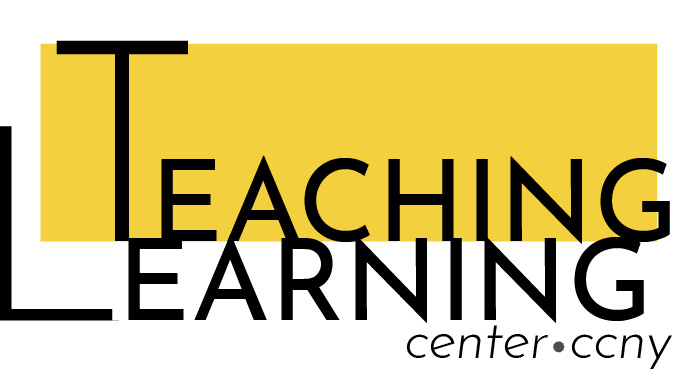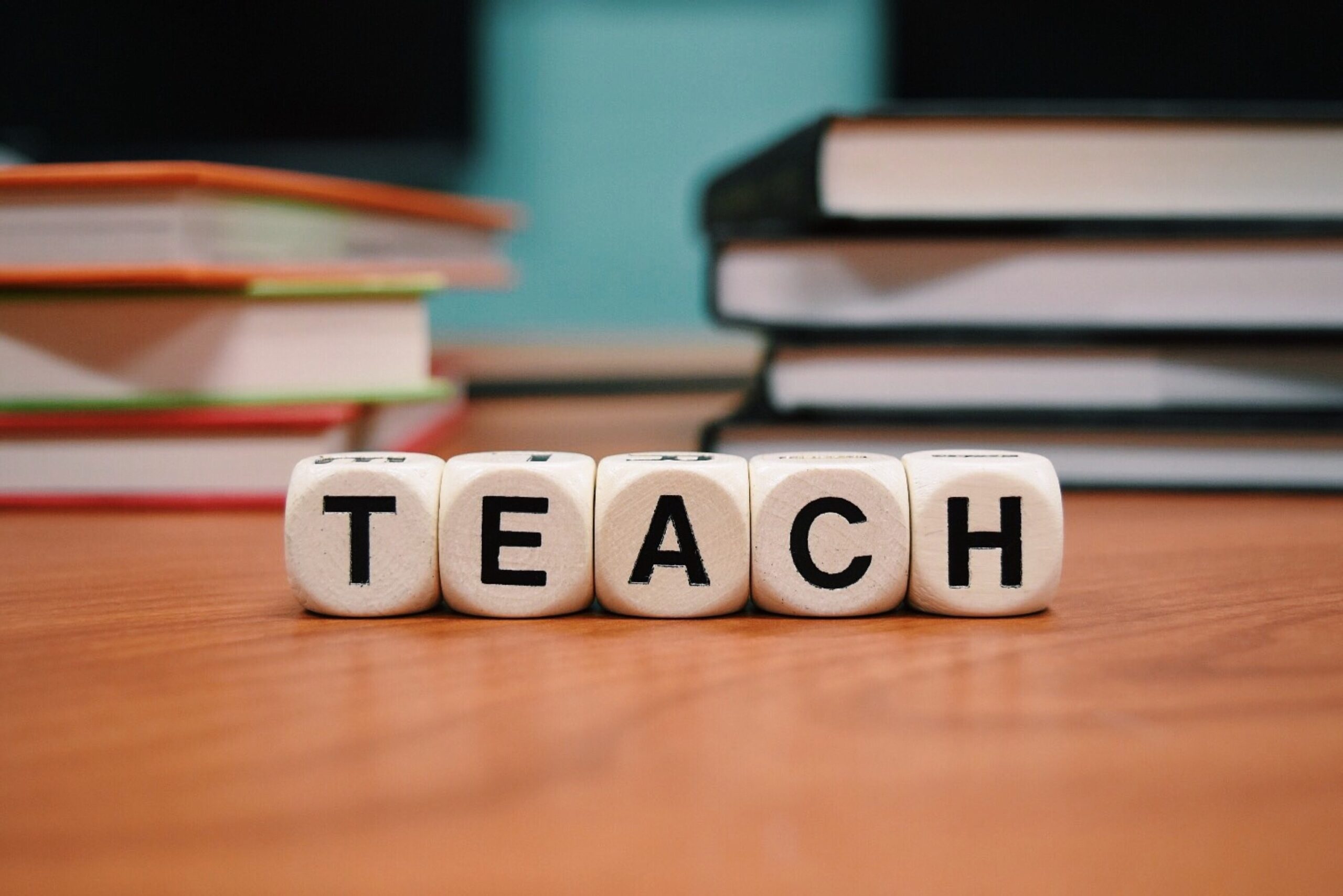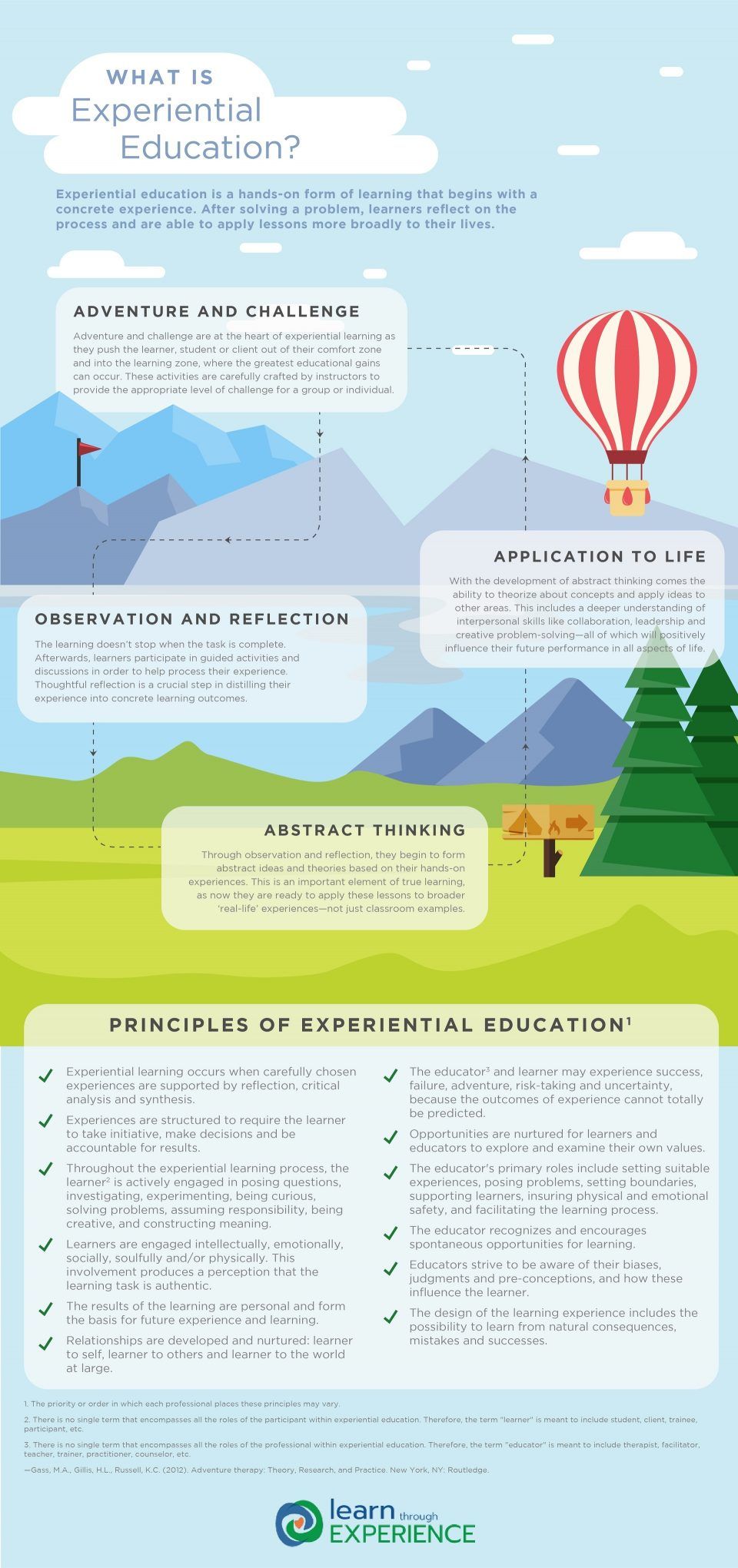Experience
Analyze
Reflect
Learn
What is experiential learning?
Experiential learning assumes a focus on an active learning process whereby students learn through action, analysis, and reflection. They learn by experiencing as close to real-world applications of the intended material as is reasonable; they incorporate planned reflective activities and use their newly gained thoughts to improve their capabilities and finalize their knowledge. The theory argues that everyone learns in different ways and it is necessary to create and practice a set of learning principles and practices that account for these variations.
Experiential learning activities can include but are not limited to, hands-on lab experiments, internships, field exercises or trips, undergraduate research, and public performances or showcases. Beyond that, learning activities can be as simple as anything that will put students in the position to experience their education in an active way, rather than to simply write an essay or be lectured. Projects which ask students to visit and experience relevant places (like libraries, events, etc.), projects which require students to conduct interviews, or to contact and work with local or even campus organizations, all of these and more constitute a push to adding active experience to the classroom.
Experiential Learning involves:
Reflection, critical analysis, and synthesis of reflection and action, treated as important and done within the flow of individual projects.
Opportunities for students driven initiatives, decision-making, and accountability
Learning experiences that include the possibility to learn from consequences and activity, mistakes, and successes.
Room for students to engage intellectually, creatively, and socially with their campus or surrounding environments.





